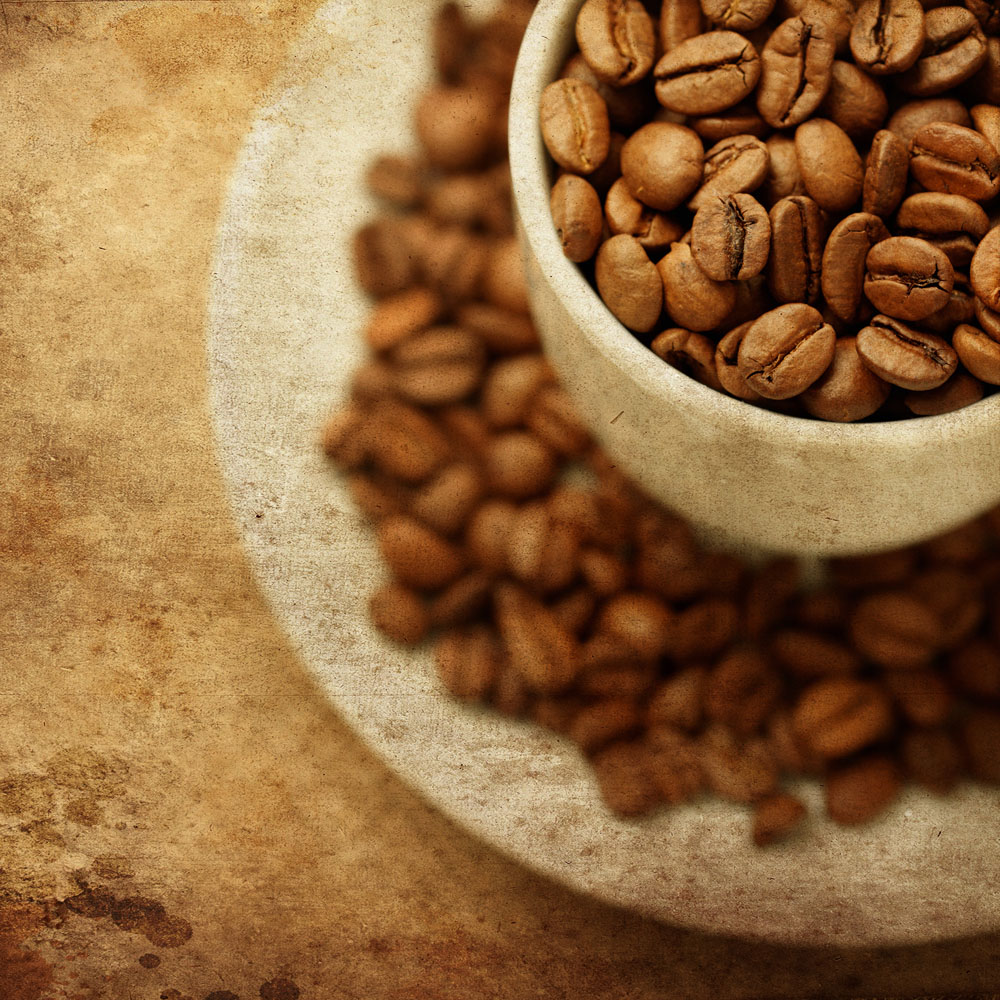Espresso tasting experience Arabica mixed coffee milk foam espresso machine
The color of the foam mainly comes from the caramelized sugar during baking and partly from the oxidized phenol during baking. If Arabica coffee is mixed, the color or nuance can turn dark yellowish brown into dark yellowish reddish and light yellowish brown stripes.
If it is underextracted coffee, it will appear beige; if it is over-extracted coffee, it will be reddish brown. If you use Robusta, the foam will be darker and have a gray shadow.
The consistency of emulsion foam is mainly determined by proteins, fats, polymer sugars and other sticky substances emulsified by gases in plant cells. In the preparation of coffee. These ingredients also affect the duration of the foam, which sometimes remains on the inner wall of the coffee cup when the coffee is finished.
A good espresso has a compact, well-textured, long-lasting foam a few millimeters thick.
This is not just a proof of quality, there is a later sense of smell and taste, it is also critical to the preservation of the direction of the coffee, allowing the aroma to be retained until the coffee is finished.
First of all, the fat in the coffee prolongs the process, which allows the taster to taste it carefully. All this is possible because the aroma components of coffee reach the olfactory mucosa from the back of the throat.
When we smell coffee directly, we can evaluate the intensity and concentration of coffee aroma, roasting intensity and fineness. We can judge good smells and bad smells by the back of the throat.
The unpleasant smell is caused by defects in raw coffee, improper roasting or final improper brewing. The good smell is the feeling we can perceive, thanks to the good quality of coffee beans and the good skills of all operators in the production chain. There is also a strong personal evaluation, which can be described as the good feelings of a good espresso.

Important Notice :
前街咖啡 FrontStreet Coffee has moved to new addredd:
FrontStreet Coffee Address: 315,Donghua East Road,GuangZhou
Tel:020 38364473
- Prev

Technical details of espresso production wet powder coffee oil commercial blending of coffee beans
Puck [competition] Wet pressed powder coffee powder is extracted and left in the filter powder bowl. The wet pressed powder should be compact and color-balanced. Although it is not necessary to pay too much attention to the compactness of wet pressed powder, it should maintain the unity of color and texture. The liquid from the Look appearance (during extraction) should be dark almond brown at first and gradually turn into a lighter caramel.
- Next

Espresso tasting experience Arabica mixed coffee milk foam espresso machine
The color of the foam mainly comes from the caramelized sugar during baking and partly from the oxidized phenol during baking. If Arabica coffee is mixed, the color or nuance can turn dark yellowish brown into dark yellowish reddish and light yellowish brown stripes. If it is underextracted coffee, it will appear beige; if it is over-extracted coffee, it will be reddish brown. Such as
Related
- Guji coffee producing area of Guji, Ethiopia: Humbela, Shakiso, Wulaga
- What is the most expensive variety of Qiloso in BOP multi-variety group?
- How to store the coffee beans bought home?
- Why are Yemeni coffee beans so rare now?
- Ethiopian Sidamo all Red Fruit Sun Sun Santa Vini Coffee beans
- SOE is mostly sour? What does it mean? Is it a single bean? what's the difference between it and Italian blending?
- Is Italian coffee beans suitable for making hand-brewed coffee?
- How to choose coffee beans when making cold coffee? What kind of coffee beans are suitable for making cold coffee?
- Just entered the pit to make coffee, what kind of coffee beans should be chosen?
- Can only Japan buy real Blue Mountain Coffee? What are authentic Jamaican Blue Mountain coffee beans?

